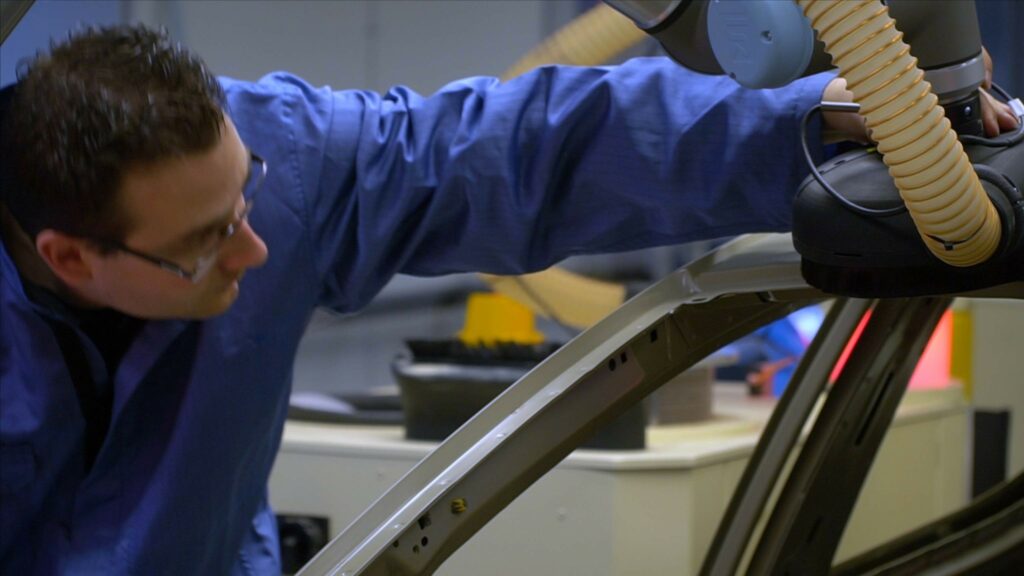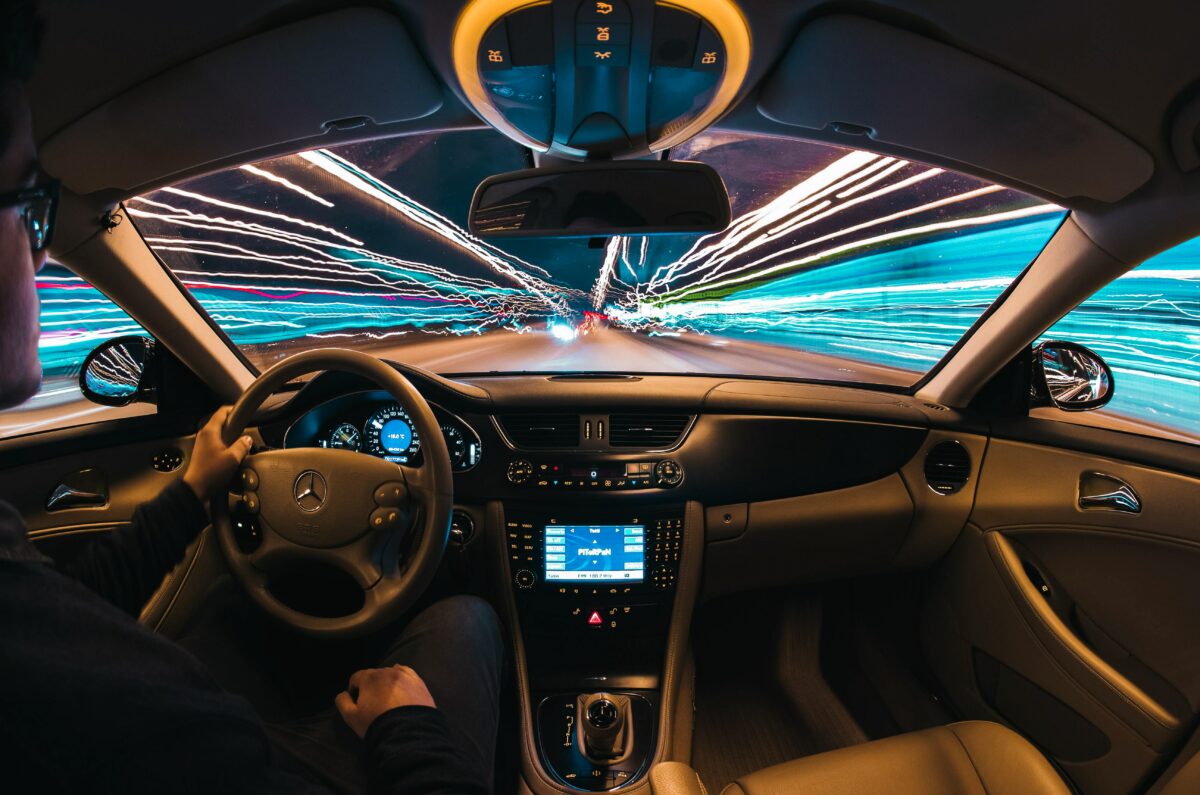In the automotive industry, where precision and efficiency are vital, the integration of Artificial Intelligence (AI) is proving transformative for both production processes and in addressing the critical issue of workplace safety.
This challenge is underscored by an alarming reality in the UK, for example, where preventable workplace injuries totalled 4.26 million in 2021. The automotive sector, often celebrated for its advancements in automation, has quietly embraced groundbreaking improvements in workplace safety through the strategic integration of AI.
To tackle persistent ergonomic injuries, some employers have employed AI in innovative ways—leveraging sensor-free video processing software programmes and wearable devices providing real-time feedback. The former, utilising human motion analysis, evaluates angles and risks, while the latter, attached to workers’ collars or arm straps, identifies high-risk movements of the spine or shoulder. Crucially, all movement data can be easily consolidated into a management dashboard and a worker companion app for insightful hazard tracking.

As anyone with factory experience will tell you, convincing engineers of the impact of seemingly small, repetitive worker motions can be a tricky task. But in reality, a team member struggling to reach a disposal unit—a task repeated countless times per shift—is not something that can just be left unresolved. AI can test configurations that might result in an overall risk reduction by merely moving the unit a few inches closer to the operator.
This AI-driven approach streamlines the once time-consuming ergonomic assessment process and saves a mountain of time. Practical applications reinforce the validity of changes based on real ergonomic data and feedback, steering away from assumptions. Beyond risk reduction, these wearables serve as educational tools, aiding both new and long-standing employees in understanding daily ergonomic risks and adopting preventive measures.
Away from wearables, imagine a scenario where an operator is actively engaged on the production floor, and suddenly, a critical alert indicates a significant fluctuation in a specific metric. Instead of displaying this message on a dashboard, the system directs it to the operator’s audio headset. This marks a significant leap in operational safety, preventing floor workers from being overwhelmed by an excess of visual notifications.
By monitoring and modifying everyday behaviours, AI bridges the gap between traditional safety protocols and the dynamic realities of modern workplaces
This bidirectional functionality extends to capturing spoken communication from production floor workers and converting it into translated text. This streamlined approach enhances communication, creating a smoother interaction between, for instance, a welding operator on an Indian automotive line and an executive based in New York. This innovative shift challenges the conventional notion of digital transformation as a top-down, executive-driven initiative, transforming it into a collaborative effort that involves all stakeholders within a manufacturing organisation.
By monitoring and modifying everyday behaviours, AI bridges the gap between traditional safety protocols and the dynamic realities of modern workplaces, offering a beacon of hope for a safer, healthier, and more productive workforce in the automotive industry.
The opinions expressed here are those of the author and do not necessarily reflect the positions of Automotive World Ltd.
Arjun Chandar is Founder and Chief Executive of IndustrialML, Inc.
The AutomotiveWorld.com Comment column is open to automotive industry decision makers and influencers. If you would like to contribute a Comment article, please contact editorial@automotiveworld.com



